Frequently Asked Questions
Choose The Topic
SEO
Performance media
Social media
SEO is an abbreviation for Search Engine Optimization. In the most intial terms, strong SEO improves your internet presence. This implies that as more people visit your website, your internet traffic grows, and you have a higher opportunity of providing your service or item to a more significant number of individuals. Now let's have a look at why SEO is now so crucial.
Don't you wish to appear on the top search results page among your rivals if a prospective consumer puts invaluable insights into what your firm can provide? If you're not in one of the top 10 search results, another company has won a new customer—or you've lost one.
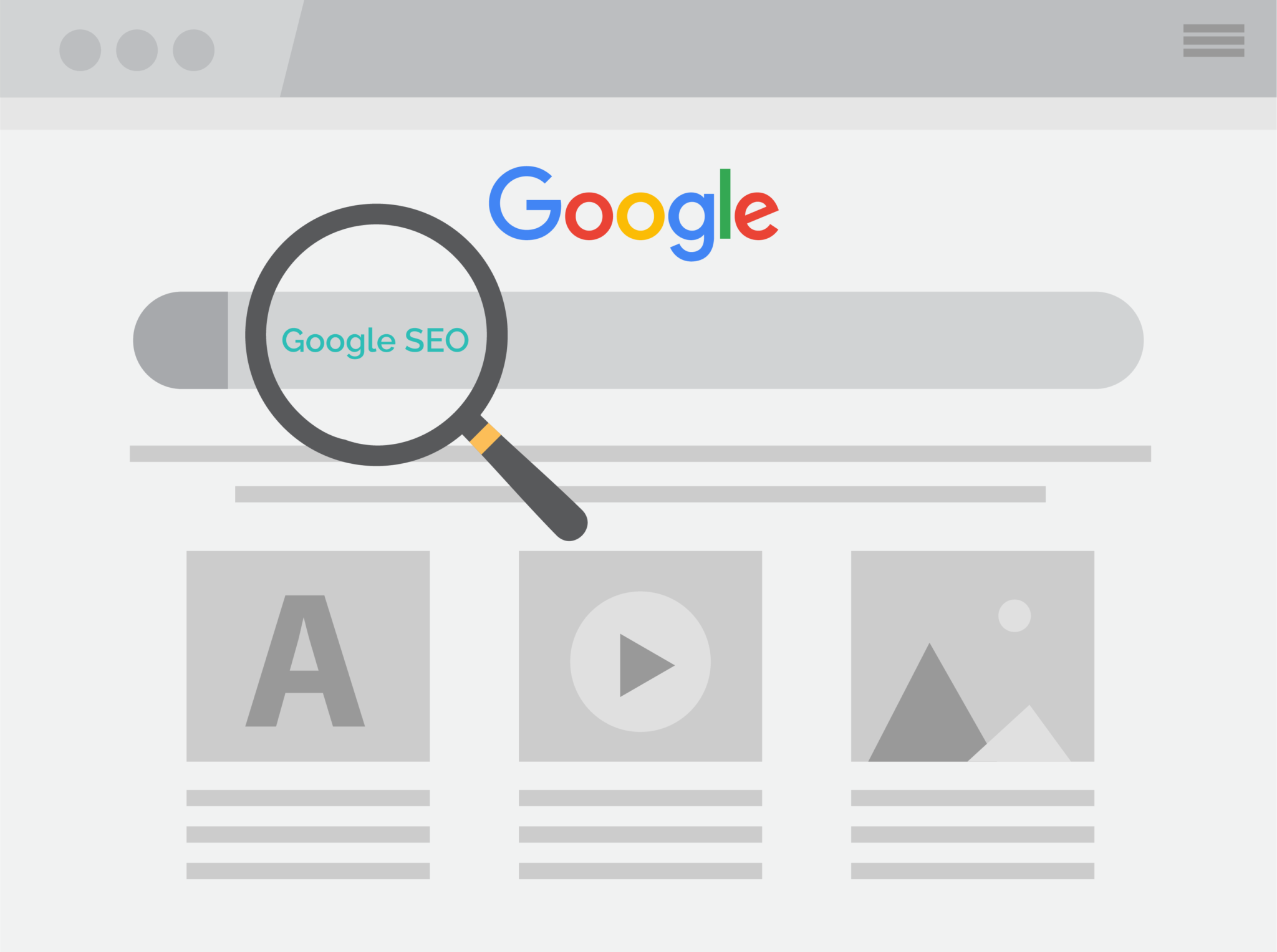
This is why SEO is essential for your business: SEO empowers you to be the go-to person for potential consumers' inquiries. SEO helps your air of authority in your sector and increases exposure and traffic. Brand authority results in brand trust, which generates brand loyalty.
When asked why SEO is helpful for business, the response is that it not only draws novel consumers but it also helps you to strengthen your firm's connection with those clients over time due to the trust that you have built with them.
The quick answer is yes! SEO is a deliberate, data-driven strategy to improve the quality of your company's digital marketing and increase its visibility. The advantages of SEO could only benefit your organization, making an effort spent researching it worthwhile. SEO necessitates much research, and it is a problematic and ever-changing profession.
SEO develops as new technology arises and evolves. SEO increases traffic, boosts your brand, engages consumers, and directly impacts user experience. SEO is a critical element of your company's digital marketing success.
Here's a situation for your better understanding:
Google receives roughly 50,000 queries every day for sunglasses for ladies. If your site is at the top of the SERPs and only 10% of those users click through, your company will receive 5,000 additional visits. Let's imagine that only 1% of the 10% complete a sale on the website; that means you've earned 50 clients. If your glasses cost 80$ each, your company would have made 4,000$ in a single day.
This is just one of the instances of how a good placement on SERPs may help you develop your business with appropriate SEO marketing.
*The example presented is fictitious for illustration reasons only. Implementing SEO in marketing efforts for businesses that provide intangible services and goods (B2B or service company) will enhance brand recognition and approachability and lead to potential clients.
- Make intriguing material, and don't forget to include keywords or phrases commonly used in searches. Remember that Google prioritizes its consumers and will prioritize pages depending on their demands. Higher SERP ranks are closely related to a website's functionality and usefulness. Always write from the standpoint of your audience.
- Include internal links (links between pages on your website) and outbound links (links to other websites) on your page. Backlinks (being referred to by links on other sites) will help boost your company's trustworthiness and assist it in general.
- Maintain your website up to date, and do frequent technical tests on the pages to guarantee they are visible and working correctly. Understanding your brand's positioning and creating clear, concise content can assist visitors in learning about your company. Websites are significant for brands and enterprises. Create one easily using WordPress; also, it offers a variety of themes and SEO features.
- Make sure that your content and layout (UX, UI) adhere to your company standards so that users find your website friendly and, more crucially, easy to browse.
- Conduct a back-end audit of your website regularly to check for page performance, stability, quality, picture size, and alt tag (caption details). These elements will influence the likelihood of consumers seeing your website in the SERP, particularly in the Google Image section.
Other rules of SEO are:
- Do Not Abuse Keywords
- Avoid competing for crowded keywords.
- Produce Unique Content
- Avoid Using Low-Quality Links
- Maintain Your Website regularly
- Adherence to Google's On-Site Optimization Guidelines
- Monitor Your Site's Speed
Designing and applying SEO in your promotional campaign is an SEO strategy. An SEO strategy improves a website's ranking in SERPs and traffic (organic traffic).
Here are some examples of changes you may make to increase your SEO ranking:
- UX and UI enhancements
- Keyword investigation
- Activating the voice search feature
- Follow Google's algorithm adjustments.
- Ensuring that no regulations are broken when obtaining backlinks or increasing rankings
- Examine higher-ranking rivals' content and websites to learn from them.
- Update material regularly and make sure that it is helpful to users.
- Snippets and Rich Snippets should be enabled.
SEO typically entails three steps:
Google crawls your website to gather data and digest its content. Google search bots will effectively scan your website and enhance your search chance if they can grasp your content. Indexing: Google analyses, comprehends, and stores the data and material discovered during the crawling step in its system. Ranking: The ladder position of sites based on the user's queries. The index data will be displayed to assess the outcome on how pertinent it is for the question.
People use search engines when they have a question and are looking for an answer on the internet. Search engines are software programs that hunt for hints to provide searchers with the necessary information. Algorithms are used by search engines to identify websites and determine which one to rank for each given keyword. Search engines operate in three stages: crawl, which is the discovery stage, indexing, which is the filing stage; and rank, which is the retrieving stage.
Search Engine Marketing (SEM) is a digital advertising approach to improve a website's ranking on search engine results pages (SERPs). It is, in essence, the process of promoting on search engines such as Google and Yahoo. PPC (Pay-Per-Click) and SEO are the two methods of SEM (Search Engine Optimisation).
PPC is a paid marketing approach on search engine results pages, whereas SEO is an organic marketing method. The distinction between PPC and SEO may also be noticed in the SERP. Paid and unpaid SERP rankings differ, and sponsored searches carry the term 'Ad' at the start of a site's title. This signifies that companies will have to compensate the search tool every time someone uses it.
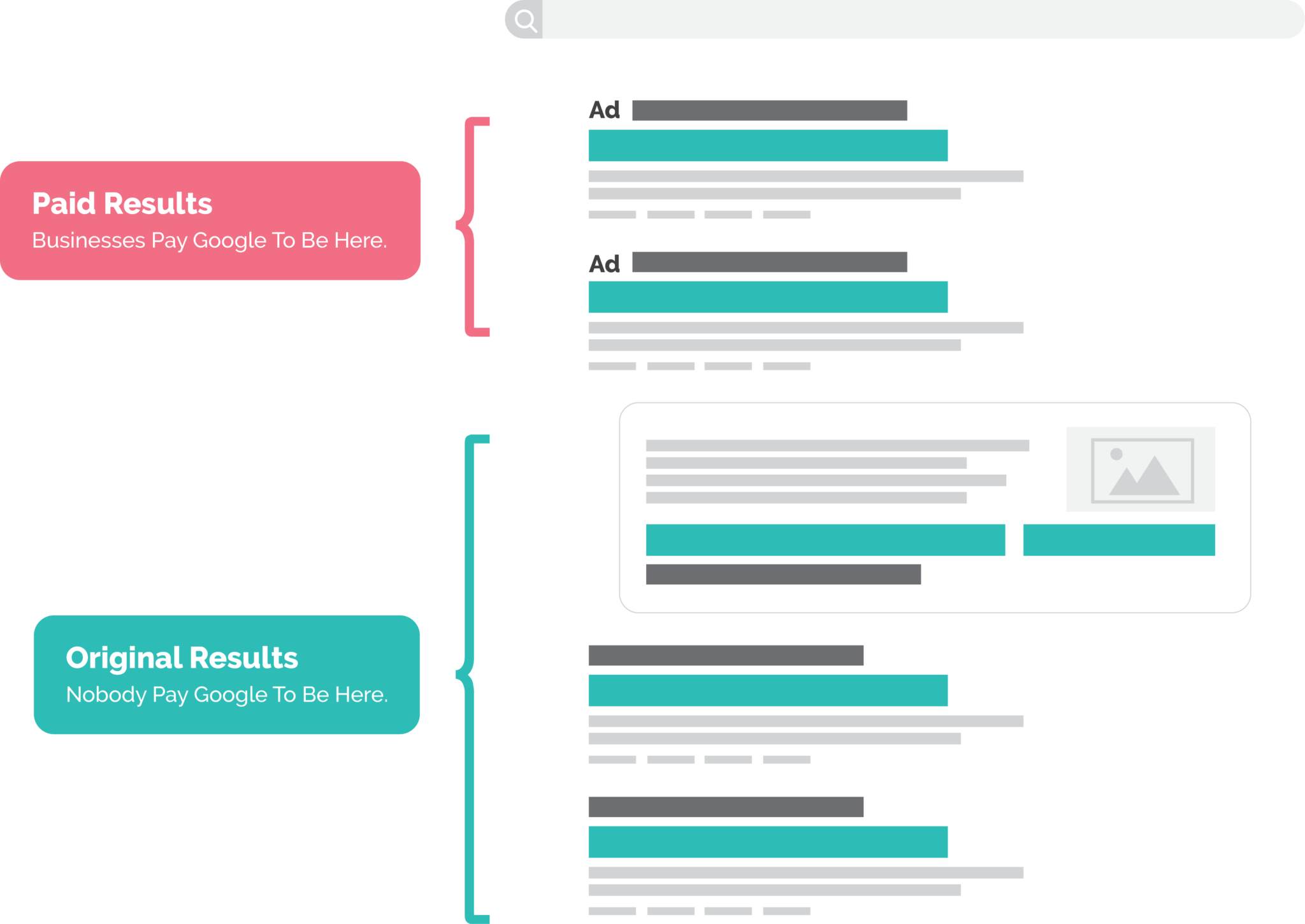
SEM (also known as PPC) demands a cost, and businesses must pay to get ranked at the top of Google's SERP. In contrast, SEO concentrates on creating and enhancing your website to rank organically on search engine results pages without paying. Another significant variation is the time required to notice outcomes. Because SEO involves continuous growth, it will inevitably take longer to get up the SERP rankings than SEM. Furthermore, adopting SEO does not ensure your company a top order.
PPC is a type of SEM that is done using Google Ads Search. You may easily calculate your expenditures, purchase keywords, and publish your ad using this Google tool. However, in order to be on the top page of results, you must perform your research and analyze your competitors' bidding strategy.
Google Ads (formerly Google Adwords) is an ad platform that permits you to market your online business and attract new clients. Google Search Ads is the most popular Google Ads campaign due to Google's large number of daily users. Companies all across the world are making use of Google's extensive reach to boost their chances of engaging with its consumers.
Google Ads are classified into five types:
Type 1: Search Advertisements
This type of Google Adwords is Pay Per Click (PPC) ad, which implies that businesses must pay every time a user clicks and visits the page. They are advertising that appears at the top of Google's SERP with the term 'Ad' next to them. You can purchase specific keywords that you believe would be useful to your business. When people enter the words into Google's search field, your Ad will appear for them to view.

Type 2: Display Ads
Display Adverts, often known as Banner Ads and formally classified as Google Display Network (GDN), are clickable ads extended across a particular website region. These advertisements will drive visitors to your website, and Google can replace the existing adverts on the websites of its partners. As a result, there is no such need for you to contact the website directly. Display advertising is often used to highlight a company or to raise brand awareness.
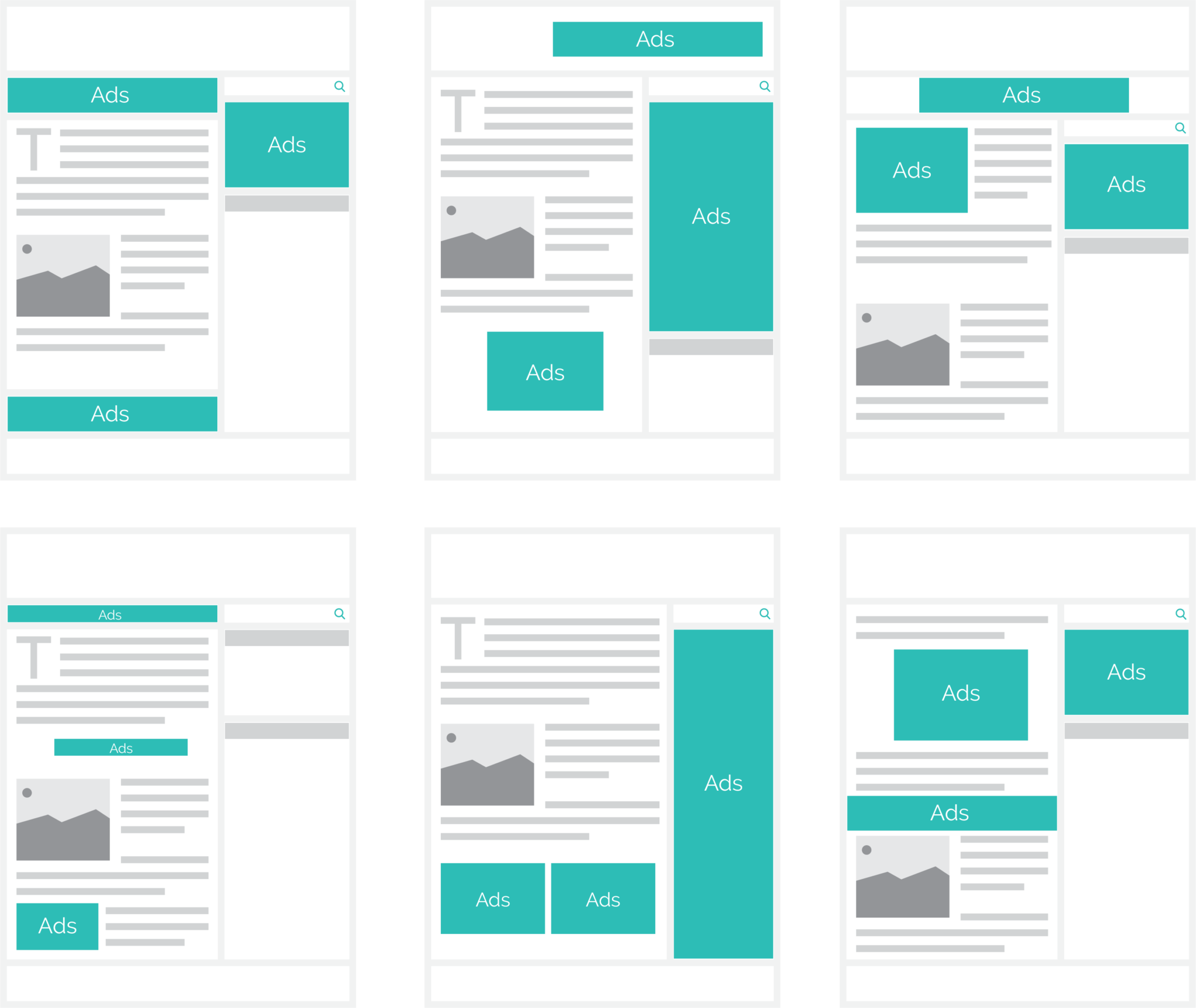
Type 3: YouTube advertisements or video advertisements
YouTube Ads or Video Ads are advertisements that appear during a YouTube video. There are missable and non-skippable formats available:
- Bumper Ads: non-skippable movies of up to 6 seconds in length. Non-Skippable Video Ads: Up to 15-second non-skippable videos
- TrueView Ads/Skippable Video Ads: longer than 15 seconds videos that can be skipped after the first 5 seconds.
- Aside from these marketing formats, YouTube offers visual advertisements such as Display ads, Overlay ads, Supporter Cards, and Mastheads.
Tips: To learn more about YouTube ad types, go to:
- https://support.google.com/youtube/answer/2467968?hl=en
- https://support.google.com/google-ads/answer/2375464?hl=en
Type 4: Shopping Advertisements
Shopping ads are adverts that offer a list of items, each with its image, so that viewers can compare them all at once. Shopping advertising can be placed on partner websites, Google Display Network (GDN), YouTube, and Google's search page. It is similar to a shopping catalog in that customers may view the product picture and price. These advertisements are also clickable so that buyers can be taken to the website. This form of advertising is appropriate for e-commerce or retail establishments. However, not every website-based firm is qualified for shopping advertisements.
To begin, you must be an e-commerce firm that accepts online payments (and has SSL to secure sensitive client information). Put a website that starts with HTTP://). Your company will also need a privacy statement, contact details, and a returns/refund strategy. Your company must additionally validate its website account in Google's Merchant Center. You may get guidelines to properly control how your business will look throughout Google's platform in the Merchant Center.
Shopping advertisements are effectively online banners, which means they are more likely to attract people's attention successfully. Compared to other forms of advertisements, the visual component in Shopping advertising is more enticing and valuable at a glance, resulting in more clicks.
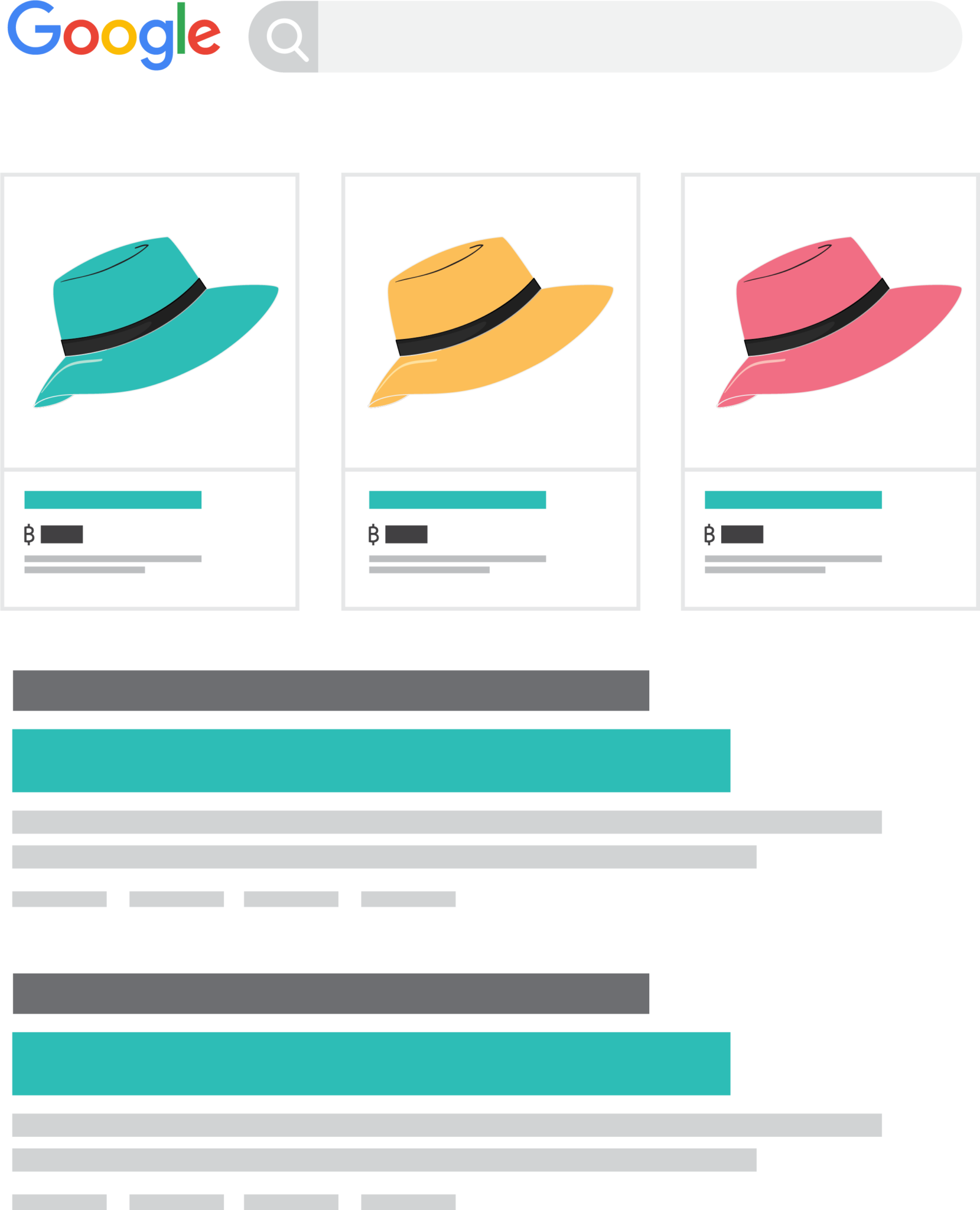
Type 5: App Promotion
App Campaigns, a sort of Google platform marketing, are mainly used to attract consumers to download programs. App Campaigns are classified into three types:
- App installations are advertisements that urge consumers to download an app.
- App engagement: advertisements that encourage users who have downloaded your app to interact with a specific landing page.
- App pre-registration (for Android users only): advertisements to raise brand recognition and generate buzz before the release of an application.
Google Search, Play, YouTube, Google Display Network, and Gmail may all display App Campaigns.
Tips: Click here to learn more about App Campaign and Phone App Install.
Google Ads' structure is divided into four levels:
- Account
- Campaign
- Ad Group
- Ads
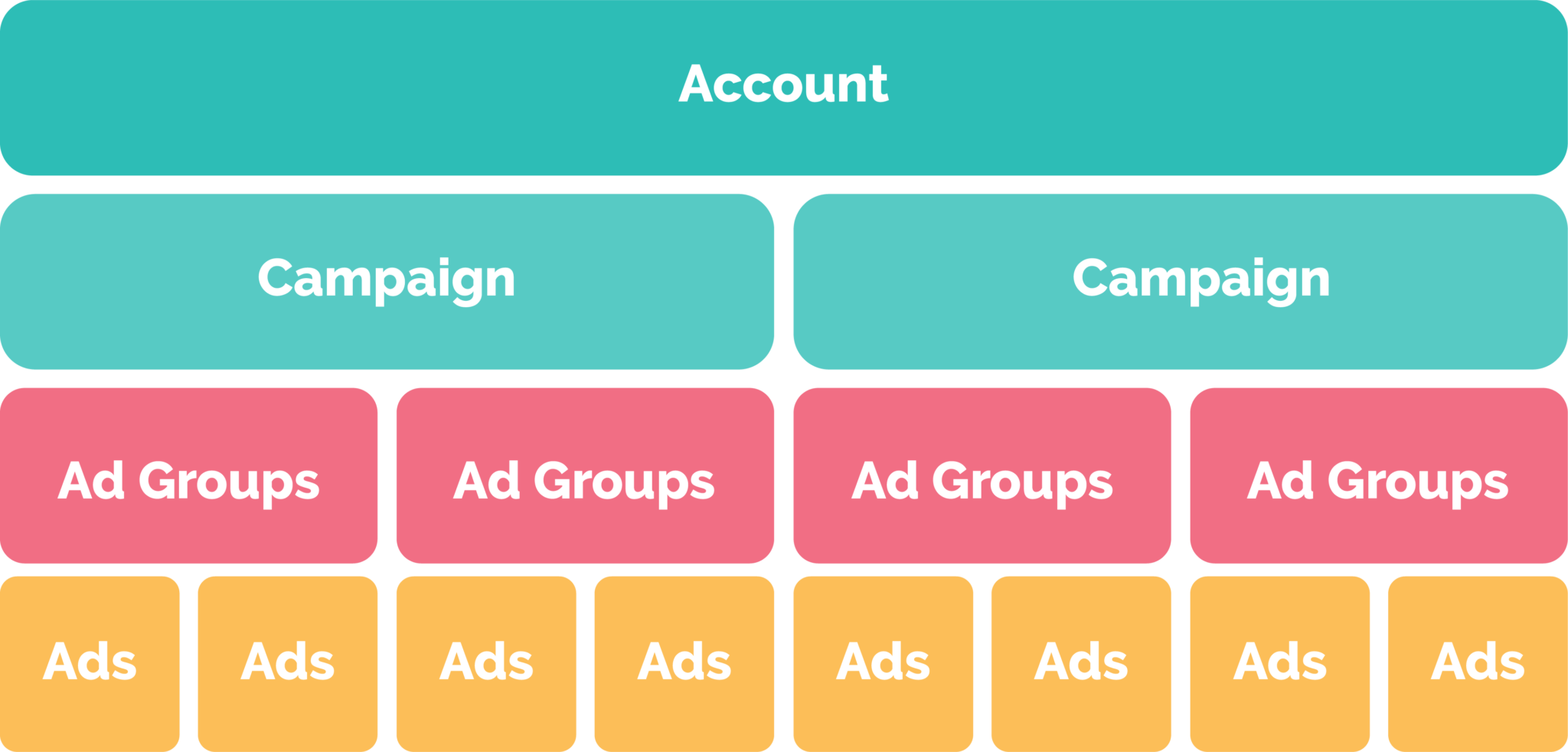
The primary purpose of content marketing is to deliver helpful material to the audience. Aside from writing, content marketing can take the shape of graphics, voice (e.g., Podcasts), or even video. Having an efficient content marketing plan may help a firm gain brand recognition in the long run. You will get clients and maybe create income if your material is regarded as exciting and valuable to the readers.
An influencer is an individual who has a large number of followers on internet platforms such as Instagram and Facebook. They create exciting stuff for their fans to interact with. KOLs, or Key Opinion Leaders, are persons who have clout in a particular field and can advise or persuade an audience.
The distinction between an influencer and a key opinion leader (KOL) is that the latter has a specialized fan following. While influencers are more well known, KOLs are more likely to persuade an audience owing to their understanding of a given issue.
Marketers utilize digital PR as a promotional tactic to boost their online brand visibility. To interact with prospective consumers, personnel, founder, business associates, bloggers, celebrities, and the press media, typically in the form of online material. Digital PR material is highly effective at generating backlinks, boosting SEO, and growing a brand's image.
Public Relations (PR) is concerned with marketing a company and keeping stakeholders informed of the latest developments and news. Advertisements (Ads) are used to promote a brand and its goods. They are also employed to boost brand recognition and attract new consumers as a form of interaction. The primary distinction between them is the intent of the content distributed, and ads are typically more aesthetically attractive than PR content.
Original, relevant, concise, and compelling material is essential. Audience-friendly material is more likely to be shared by readers and referred to by other sites. Readers need to be able to grasp the content clearly and concisely and be happy with the data and message delivered by the article.